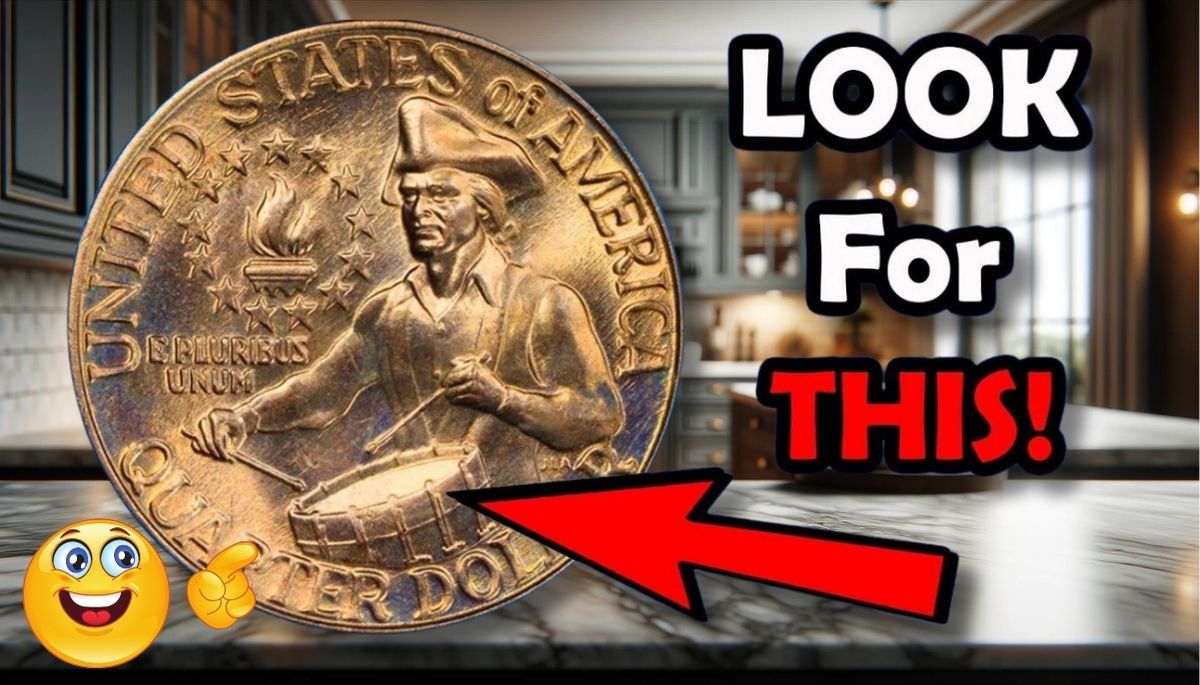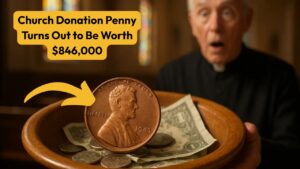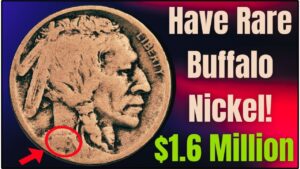Imagine finding a single quarter in your wallet that could change your life. That’s the buzz surrounding a rare 1976 Bicentennial quarter — a coin issued to celebrate America’s 200th anniversary.
While most Bicentennial quarters are worth only face value, rumors of a version worth $11 million have sparked a nationwide coin hunt. From coffee shop tip jars to dusty piggy banks, people are checking their change in hopes of striking gold — or silver.
The Bicentennial Quarter’s Distinctive Design
The Bicentennial quarter, minted in 1975 and 1976, is easy to recognize:
- Reverse: A colonial drummer, a torch, and 13 stars for the original colonies
- Obverse: George Washington with the dual date “1776–1976”
Over 1.6 billion were produced, so most are common. But some rare examples — especially those with minting errors — can be worth serious money.
Why Some Coins Could Be Extremely Valuable
The much-talked-about $11 million claim is likely linked to an ultra-rare error coin or prototype. Possible reasons for high value include:
- Strikes on the wrong planchet (metal blank)
- Dramatic minting errors like doubled dies or off-center designs
- Unique test strikes for the Bicentennial series
In reality, no Bicentennial quarter has sold for anywhere near $11 million. However, high-grade examples and error coins can bring in thousands. For example, a 1976-S silver Bicentennial quarter in pristine condition sold for $13,500 at auction in 2023.
What to Look For in Your Change
If you have a Bicentennial quarter, check for these features:
| Feature | Details |
|---|---|
| Material | 40% silver (uniform silver edge) |
| Mint Mark | “S” for San Francisco |
| Errors | Doubled text, off-center strike |
| Potential Value | $10 to $13,500+ |
Silver-clad quarters are heavier (about 6.3g) compared to standard copper-nickel coins (5.67g).
How to Spot a Treasure
- Check the Edge – Look for a solid silver color without a copper stripe.
- Find the Mint Mark – An “S” mint mark indicates a San Francisco strike, often silver.
- Inspect for Errors – Use a magnifier to spot doubled letters or misaligned designs.
- Weigh the Coin – Silver issues are slightly heavier.
- Avoid Cleaning – This can lower collectible value.
For verification, visit a reputable coin dealer or get grading from organizations like the Professional Coin Grading Service (PCGS).
The Thrill of Coin Collecting
Even if you don’t find a multi-million-dollar coin, the search can be rewarding. Each Bicentennial quarter is a piece of American history, minted during the country’s 200th birthday celebration.
Families are joining in, kids are checking their allowances, and collectors are scanning every piece of change. Who knows? Your next quarter could be worth far more than 25 cents.
Final Word
The $11 million Bicentennial quarter may be more legend than reality, but valuable examples do exist. By knowing what to look for — silver content, mint marks, and rare errors — you can turn an ordinary coin hunt into a potentially profitable hobby.
The next time you get change, take a closer look. You might not find millions, but you could uncover a small treasure — and a great story to tell.



